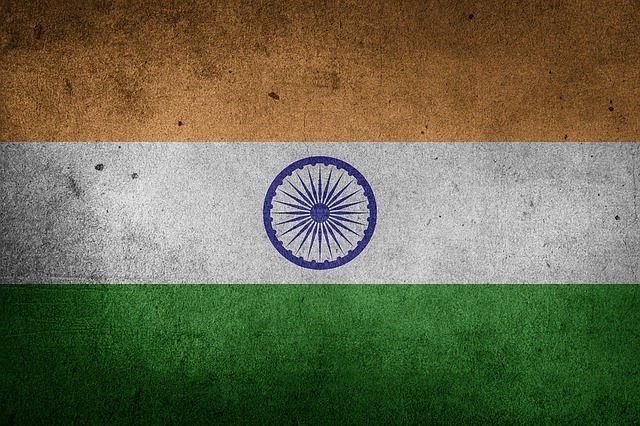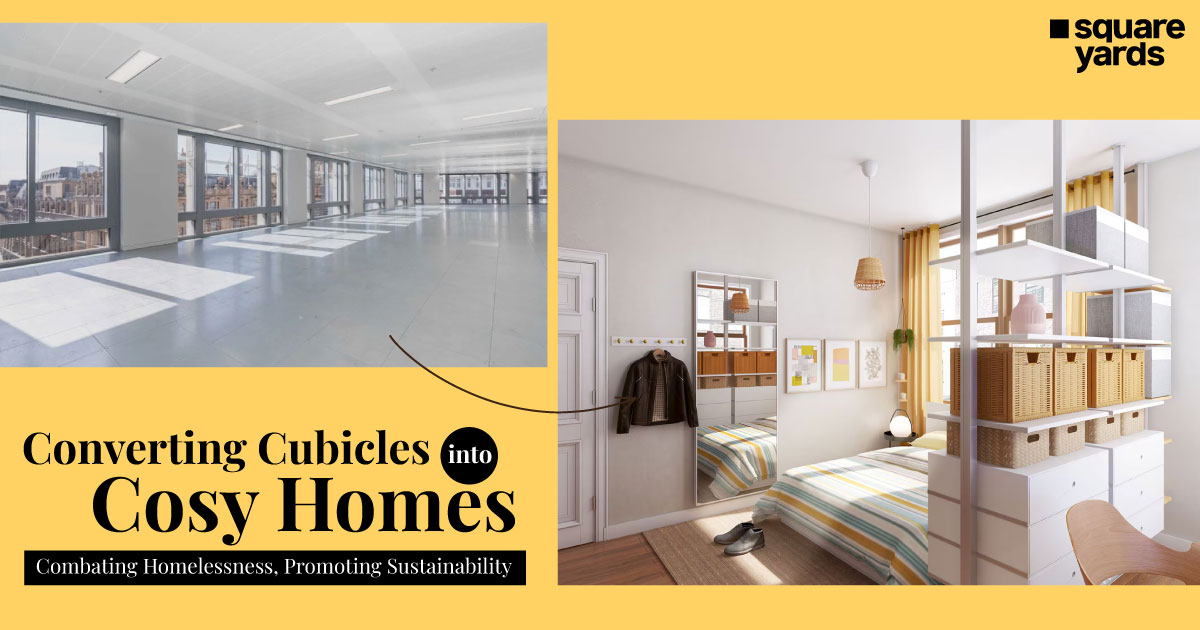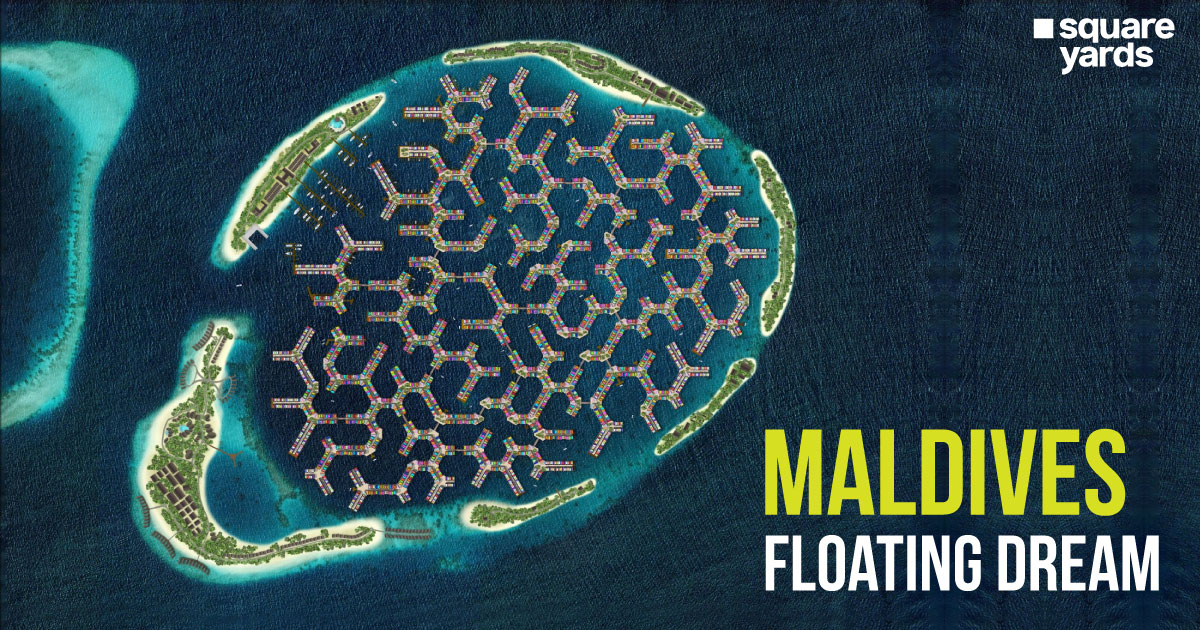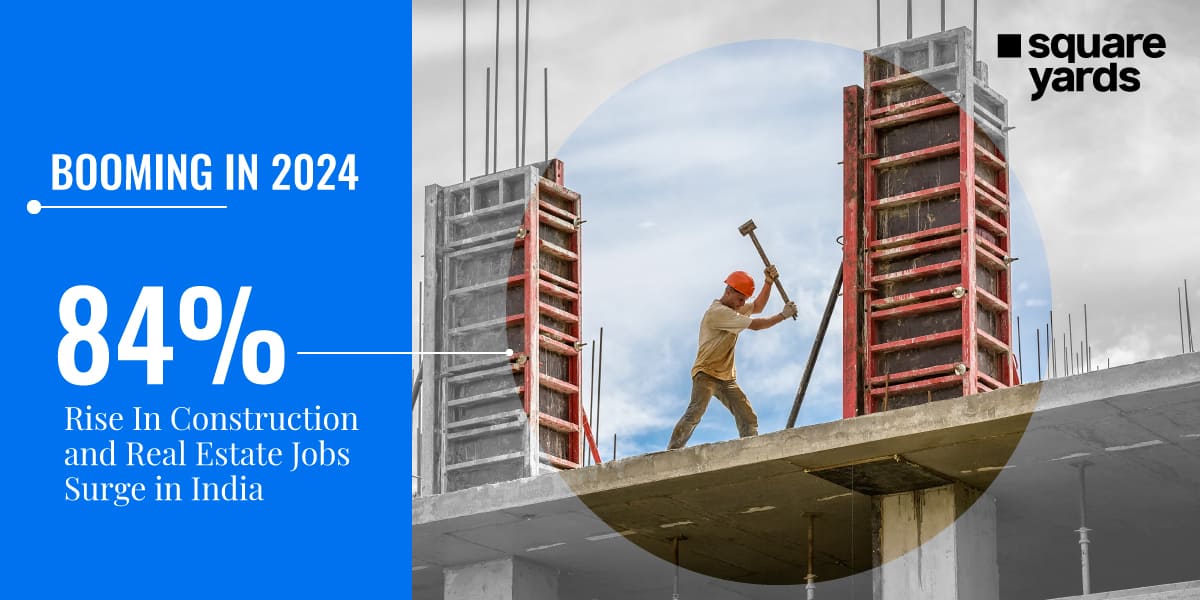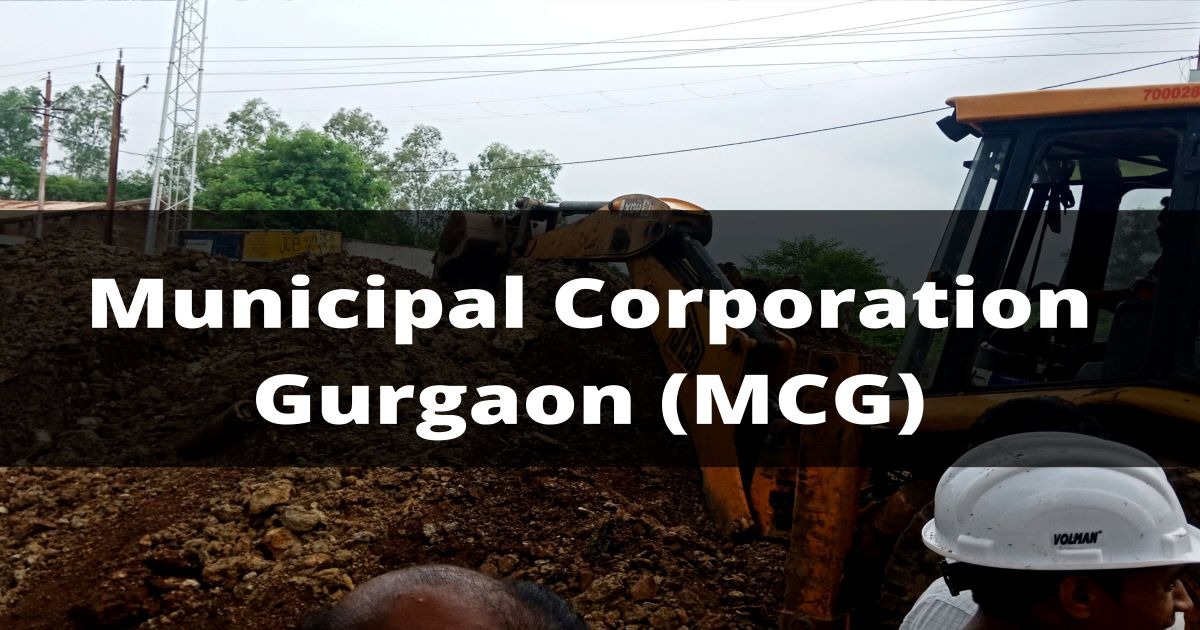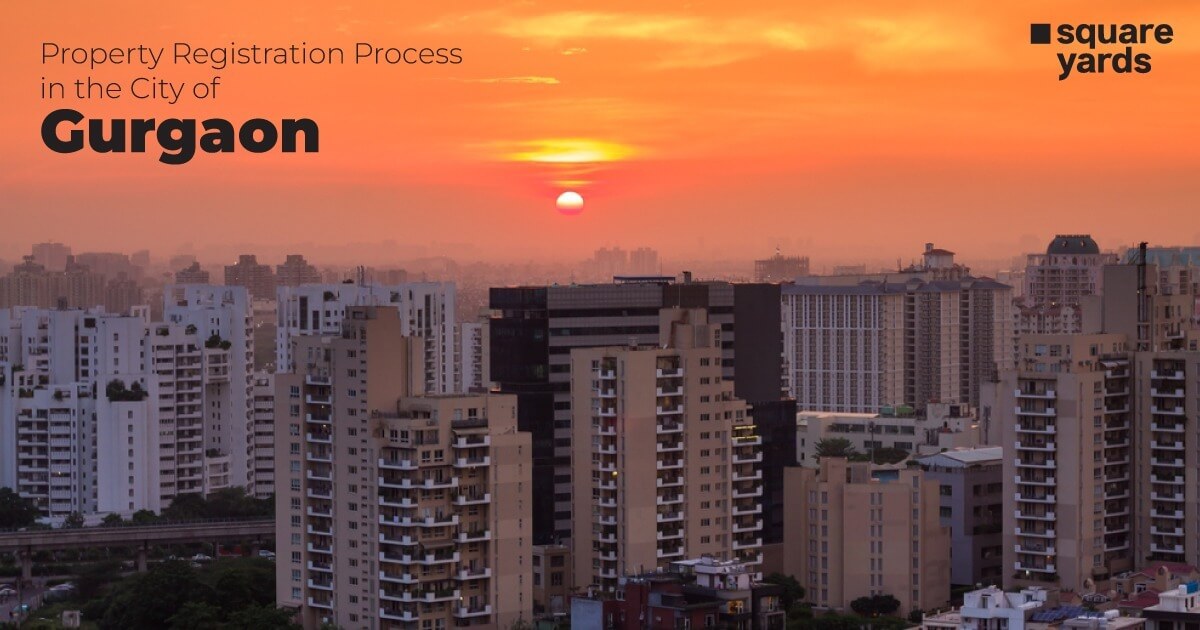In 1947, in the undivided India, there were 6 main urban centers. These included, Dhaka and Calcutta in the east, Chennai down south, Lahore and Delhi in the north and port cities of Mumbai and Karachi in the west.
Then the division of India happened and India was left with only four of these metropolises. These were the capital city of Delhi and the three port cities, Kolkata (then called Calcutta), Chennai (formerly called Madras) and Mumbai (which was Bombay at that time). The unfortunate division of the country resulted in a huge cross migration of people which led to a heavy influx of immigrants to these cities. Kolkata became refuge to thousands of people coming from East Bengal, Delhi to refugees coming from Lahore and other parts of the other Punjab (now with Pakistan) and Mumbai received people coming across from Sindh and Gujarat region of modern day Pakistan.
This posed a surmounting challenge to a young nation which just had gained independence but maximum of the population still lived in semi urban and rural areas. Thus began work on new urban development, the work which even now after 69 years is a work in progress.
This is in part, because the population of India has grown steadfastly (we are a billion plus and counting populace) and the economic growth has not been able to catch up to that. But we still have made progress with cities like Bengaluru, Hyderabad, Chandigarh being developed.
“Independent India is a story of growth. Growth propels development which quite evident in updating of urban landscape. For 69 years, India has remained a healthy democracy with strong economic and business stability. This further raises the scope for future development in urban areas.”
Whilst old cities spread and grow and new ones are coming up in their vicinity. These areas once sleepy suburbs of major cities are becoming big nerve centers in themselves. Like take Thane for example or Noida. Thane was too dependent on Mumbai once and Noida was more or less seen as an extension of Delhi, now these are major urban centers.
The future will clearly want more such planned urban regions but the challenges for the existing one remains majorly of crumbling infrastructure and redevelopment.The smart city program is definitely a step forward in this step as it is not just about 100 smart cities but it is also inspiring other cities as well to use innovation and technology for tackling rapid urban growth.


